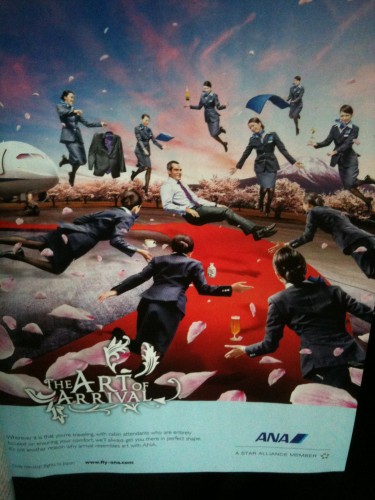Lordo found the towels below for sale at Imaginarium (a toy store specializing in smart toys) in Spain. One towel, pictured with a boy, doubles as a cape; the other, pictured with a girl, allows her to dress up like a mermaid.
This is another example in which children are encouraged to be girls and boys instead of just children and being a boy means doing something active (being a superhero) and being a girl means adopting an attractive and exotic appearance.
Lisa Wade, PhD is an Associate Professor at Tulane University. She is the author of American Hookup, a book about college sexual culture; a textbook about gender; and a forthcoming introductory text: Terrible Magnificent Sociology. You can follow her on Twitter and Instagram.



















